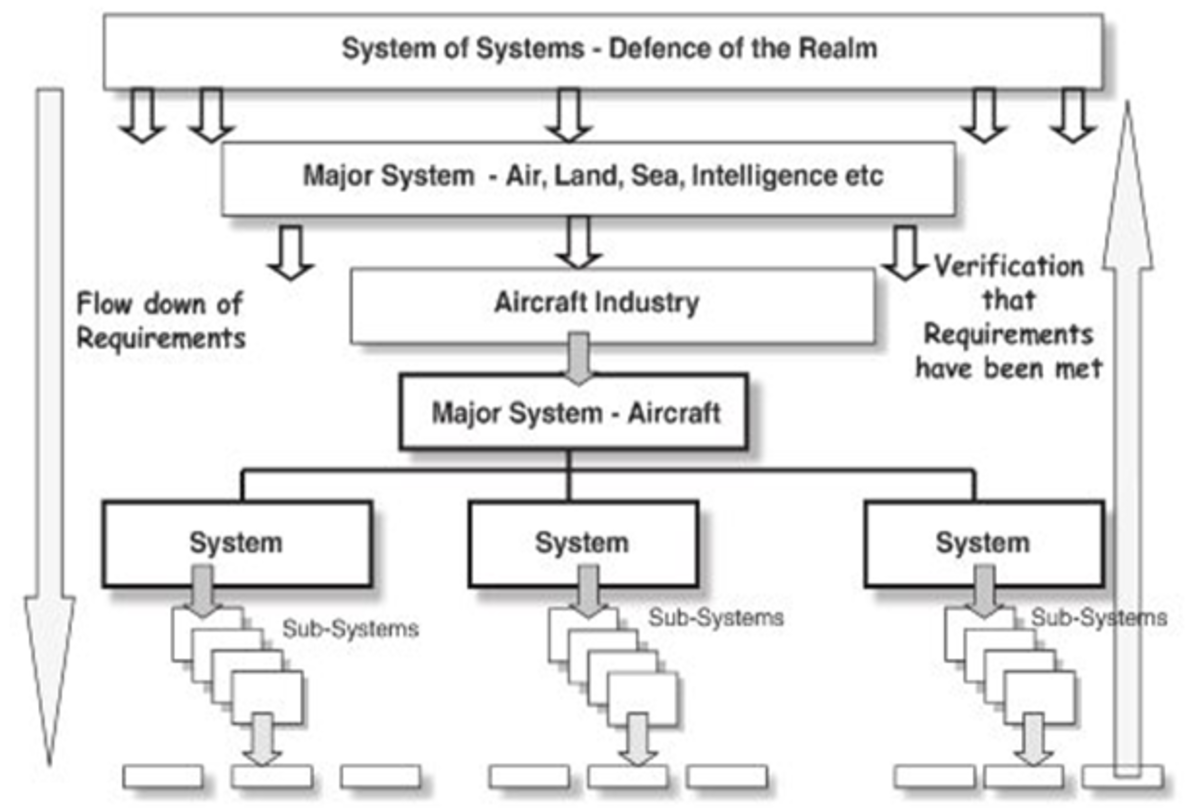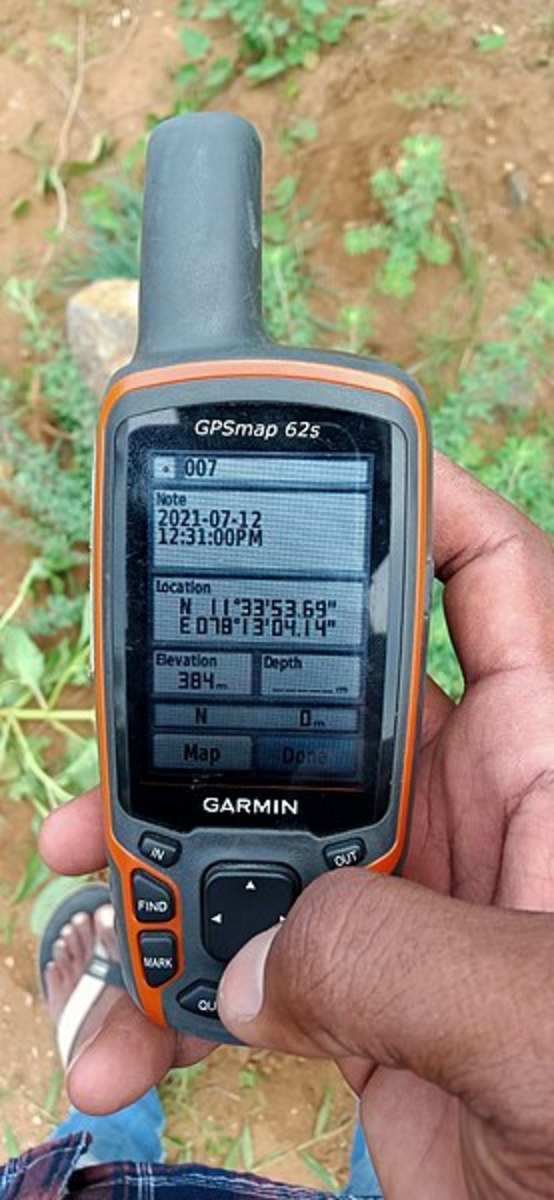The Nature of Change, Part 5
Inside-out
Part of the problem with addiction is that the wonder and simple pleasure of living—the joie de vivre —is dulled. It isn’t altogether removed, but it’s harder to access. Two months into my abstinence I am finding that place more and more; but with it comes all too often an insidious beckoning to enhance the experience by imbibing.
I remember when, as a child of 8 or 9, I would wake up, look out my window, and delight to see the sun peaking over the horizon. Lots of things were like that then. I suppose you lose some of that just by growing older, as the sublime subsides into the mundane. In the words of John Mellencamp: “life goes on long after the thrill of living is gone.” Perhaps my love affair with self-medication has been an attempt to keep the passion burning. But at some point along the way, being high on life devolved into simply getting high.
At this stage the problem seems to be not so much physical as psychological (yet still, perhaps, physiological): the lingering memory of the rush. The memory triggers a craving that I have to fight, and with the fight comes resentment. Like Frodo, I am wounded for life.
But, with a nod to one of my favorite bands, I’ve got to admit it’s getting better.
The struggle no longer occurs daily. And I’m definitely seeing the benefits that I sought in the first place: more energy to do all the things that I want to do, and quite happily, no more hangovers. I don’t think that this new cycle has grown quite enough to be self-sustaining, but it’s getting close. I just have to keep at it, one day at a time.
Outside-in
Development is a beautiful thing. It is that which creates distinctive somethingness from vague nothingness. It occurs because of mutuality, which is manifest whenever a set of contingencies (interdependencies among sets of processes) find closure in the form of an autocatalytic cycle or system . Given abundant energy resources, such systems inevitably grow. Growth, in turn, uses energy, increasing entropy according to the stricture of the One Law . Because of entropy production, things change. Competition for dwindling resources ensues, and with it top-down selection. And thus a system develops to maturity, maintaining a continuous identity rooted in mutualistic interdependencies, but changing as a result of turnover of its lower-level parts/processes and ultimately competition among them for the finite resources that fuel their activities. Continuity at a higher level is maintained because short-lived lower level processes can usually be replaced by similar and sometimes more efficient processes that fulfill the same function. Out with the old and in with the new as the wheel keeps on turning.
The thing that really blows my mind is the realization that any developing system—say, and embryo, a person, an ecosystem, or an economy—is comprised of lower-level processes that are themselves developing systems. And these developing systems often compete with one another, within the context provided by the higher-level developing system. A context that is immature, mature, or senescent, depending on how far that particular system has developed. At the same time, the processes underlying a given system develop at different rates, and thus manifest different stages of maturity. Maybe I’m going out on a limb, but it seems to me a system entering maturity would selectively favor mature subsystems, whereas a system entering senescence would provide relatively more opportunity for the emergence of immature subsystems. But I suppose I’m getting ahead of myself again.
The basis for everything is mutuality, the dark side of which is dependency. The existence of any living thing is completely dependent on energy flowing from something else. When the contingencies through which energy flows find closure and the resulting mutuality drives development of a system, the parts of the system become more and more adapted to, and hence dependent on, the higher level system. Mutuality creates niches of opportunity, and competition drives development of specialization to fill those niches, creating additional niches in the process. As a result, there is an inexorable increase in organized complexity, to the limit sustainable by the available energy sources. If an insult or loss of energy causes the system to stop functioning, many of the niches and their occupants cease to exist.
That’s what happens when an organism dies. It is also what happens when an ecosystem collapses, causing mass extinctions. And it happens when economies collapse. In the past, economic collapses have been more or less local (although, to be sure, some like the Roman Empire were relatively large). For the first time in history we are faced with the imminent collapse of a global economy, the scale and complexity of which are unprecedented. For those of us who are its underlying parts, it won’t be pretty.
So, senescence is the state of development wherein organized complexity (complicatedness) is maximized, providing a plethora of niches. The reason for this has to do with the developmental interplay between thermodynamics and information, sometimes referred to as infodynamics . It goes like this:
Living processes exist by using energy, the cost of which is increased entropy as demanded by the One Law . By simply living we increase the disorder around us. But what does that mean, really? In layman’s terms, it means we create a lot of pollution and trash. But much of our trash is still useful, at least to someone—as they say, one man’s trash is another man’s treasure.
Another way to look at the same thing is in terms of information. Information is a hazy concept, often associated with (but not equivalent to) the concept of ‘meaning’. In essence, information is the quality or (set of qualities) that distinguishes something as being what it is. As such, it is quantifiable. For example, imagine a ball. Think of how you would describe it. Probably what comes to mind is a sphere, which is essentially all there is to a generic ball. Now think of a football (an American football that is). It has a distinctive shape—a sphere that has been stretched along a single axis, pointed at either end. A football has more information than a generic ball. Information associated with ‘footballness’ is created by the breaking of symmetry represented in the ball’s long axis.
Information can be defined as that which brings about a reduction of uncertainty or indeterminacy. In the case of the football, the information manifested in its attributes (such as its long axis) reduces the indeterminacy associated with all of the different spherical manifestations of ‘ball’. Therefore, the maximum amount of information that anything can manifest is equal to the amount of indeterminacy that is reduced by that thing’s existence. Indeterminacy, in other words, is equivalent to information capacity .
Recall now that entropy increase caused by energy flow produces disorder, an increase in indeterminacy. Information capacity is thereby created, from which information can emerge by way of organization, i.e., the breaking of symmetry.
Information, like energy flow, is a manifestation of time’s arrow, the unidirectional trajectory of change. The creation (or emergence) of information closes windows of opportunity, actualizing some potential at the expense of other potential. In the process new windows of opportunity open, which will close upon the emergence of new information.
And that is basically what happens during development of complex systems that are far from thermodynamic equilibrium (e.g., life). In such systems, entropy production associated with energy flow creates indeterminacy that increases information capacity, manifesting many degrees of freedom (i.e., symmetries). Subsequent development breaks that symmetry, reducing the entropic indeterminacy and creating information in the process. Not necessarily information that means anything, that is, information that is used by some system to control the direction of change; but information, nonetheless. (Meaning requires something else, a system that will interpret the information as a signal (or sign), thereby rendering it meaningful.) In short, energy flow produces entropy, which creates information capacity, which can be converted to information through development and used as a sign by an interpreter. In life, systems repeatedly emerge that recognize information as a sign, a process known as semiotics. That’s how predators find their prey: they follow the spoor. But how do semiotic systems arise?
Like everything else, they develop. In its immature incipience, a developing system is little more than a diverse collection of semi-autonomous operators. These operators do manifest some degree of mutuality however, through which they comprise autocatalytic cycles, the drivers of development. Autocatalytic cycles are themselves a source of information: they organize a system by selectively favoring those operators that contribute to the cycle, rewarding them with energy and concomitantly diminishing the energy available to operators that do not contribute to the cycle. A diverse collection of semi-autonomous operators is thus transformed into a more cohesive collection of interdependent operators as the system matures. At the same time, the selective agency of the cycle favors the emergence of operators that recognize the opportunity that it provides. Recognition occurs when the operator (itself a developing system) acquires the semiotic capacity to interpret information produced either via the agency of the cycle (organization), or by the activity of its constituent operators (entropy).
We often associate developmental change with ontogeny, the development of an organism via embryogenesis. Certainly we can recognize maturation of such systems, but I suspect that the phenomenology that I just described might offend the sensibilities of many (perhaps most) developmental biologists. A zygote certainly doesn’t appear to be a ‘collection of semi-autonomous operators’. The molecular and cellular processes that drive ontogeny appear to proceed mechanistically, and mechanisms are, by definition, linked, interdependent processes. But everything is relative. The processes that operate in a zygote are far less constrained than those that operate later in the life of the individual that it produces. More importantly, the zygote is a highly evolved entity—that is, it is part of a larger system that has developed into maturity. It has a large amount of information stored in its DNA that directs the trajectory of its development, ensuring that it produces a creature that fits into some specific (and hence developed) ecological niche. Without that genetic information the zygote would still develop into something; the thing that it developed into would not be very viable however, at least not in the context of the present world.
Which brings us to the centrality of ecology. Civilized humanity seems in many ways to have forgotten that it is not an autonomous agent, and that all life (including human life) is part and parcel with ecology. Broadly defined, ecology is the system of biological interactions through which energy flows. All life exists (and only exists) within a more-or-less specified, and hence more-or-less developed, ecological context. Ecological development occurs on many different scales however, within myriad nested systems and their nested subsystems. And to varying extents, these systems interact with one another semiotically.
In its incipience, an immature ecosystem is hardly recognizable as a system. What makes it a system is the closed mutuality between a set of life-histories, which engenders growth and development. Initially, as the system grows, it increases its information capacity and hence developmental potential concomitant with the production of entropy. New life histories arise that contribute more or less to the autocatalytic cycles that comprise the system.
A mature ecosystem is one that has maximized its efficiency by strengthening the interdependencies of its operators (through specialization) and culling some of those that do not contribute to the cycle. Growth continues, but only up to a limit imposed by availability of usable energy resources. In using energy to do what it does, the system produces entropy, which is energy that is not useful, at least not to the mature system. But there are immature ecosystems lurking within that find it useful, and use it to fuel their own growth and development. And in doing so they contribute to the maintenance of the mature system whose waste fuels their growth, thereby increasing the complexity of that system.
Over time this process reaches the limit of complexity sustainable by the available energy flow, and the system (or set of nested systems) enters senescence. In a stable environment with a virtually unlimited primary energy source, the senescent ecosystem can exist in all its complex glory for a long time, as long as it isn’t subjected to major perturbations. Rainforests and coral reefs, which get their energy from the sun, are examples. In contrast, our present westernized global economy/civilization gets its energy from fossil fuels that have reached the point of diminishing returns.
So from a developmental perspective, where are we now as a civilization? To some extent, the answer presents itself in the language we routinely use to describe the nations of the world. There are those that are ‘developed’ (e.g. Europe and the US), those that are ‘undeveloped’ (e.g. most nations in Africa and South America), and those that are ‘developing’ (e.g. China and India). Of course, this refers only to one developmental trajectory out of many alternate possibilities (recall that the development is, in essence, a process of closing doors on some possibilities in order to open doors on others). When we speak of the state of development of nations, we usually are referring to their industrial development.
With respect to industrialism, different nations manifest different levels of maturity. It seems to me that the nations that are most developed are now entering senescence, while those that are undeveloped or developing are still quite immature. Unfortunately for the civilized world, immaturity and senescence are the stages of development that provide the biggest impediment to adaptive change. Immature systems, characterized by rapid growth, are inexorably drawn to the maturity engendered by that growth; in the case of industrialism, this is a state represented by much of the western world during the 20th century. Senescent systems are far too rigid to adapt, locked into (addicted to) complex patterns of interdependencies that they have developed at the expense of redundancies that provide adaptive flexibility.
Because all of this development is entirely dependent on cheap energy provided by fossil fuel, and because of the fact that we are now on (and maybe even past) Hubbert’s Peak, the remaining windows of opportunity for adaptively changing direction while avoiding collapse are rapidly closing.
In this light, how then might we view the ‘global economy’? It is clear that the current fossil-fuel driven development will lead to widespread ruin. In fact, it already has, as many of its victims are all too aware. But the ruin that has already taken place will pale next to that which is yet to come, when skyrocketing energy prices cause global economic collapse.
Unfortunately, there is no such thing as ‘sustainable development’; given the fact of senescence, this phrase is an oxymoron. As human beings, we need to be seriously considering how we will deal with the devastating change that is nigh upon us.








